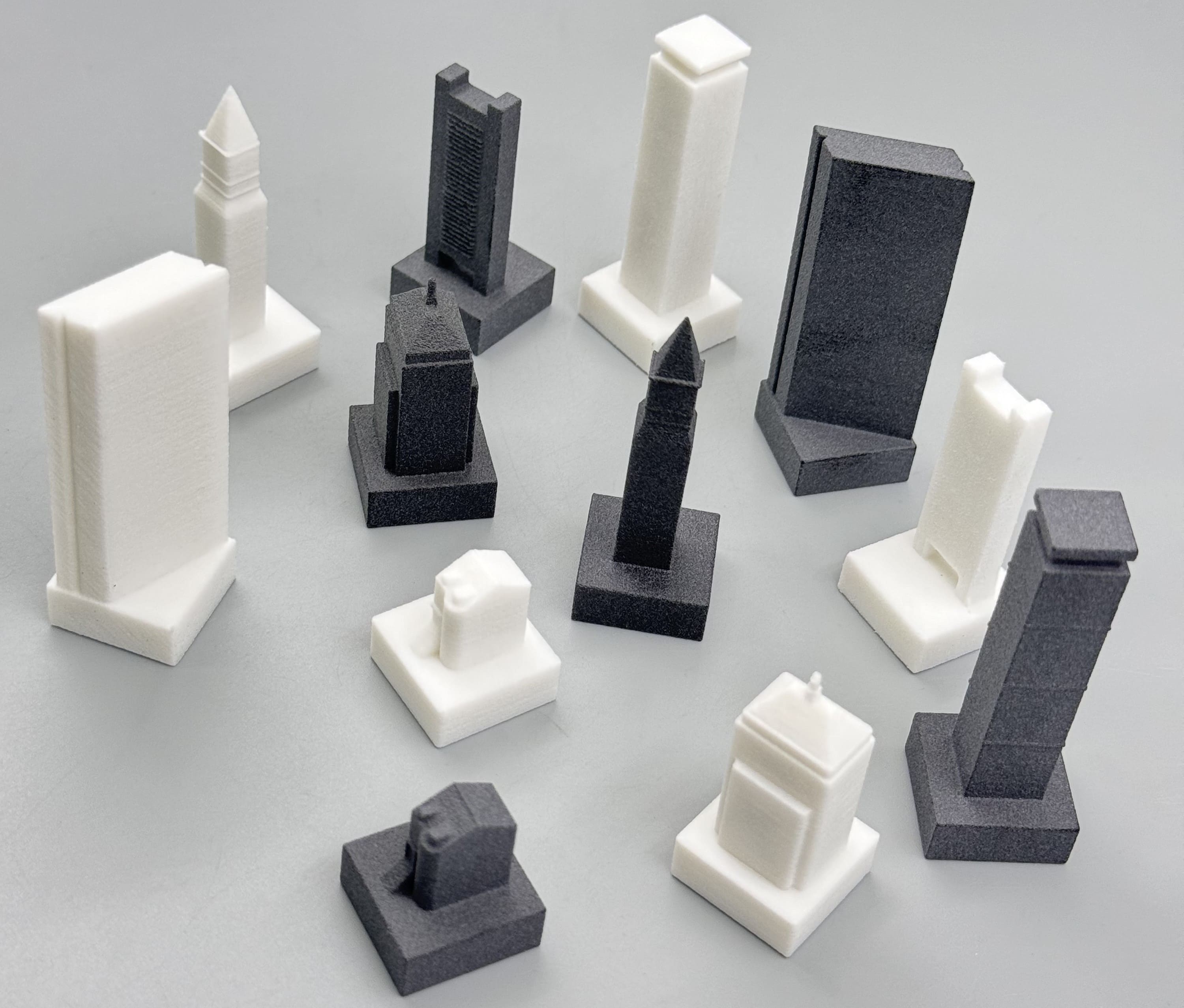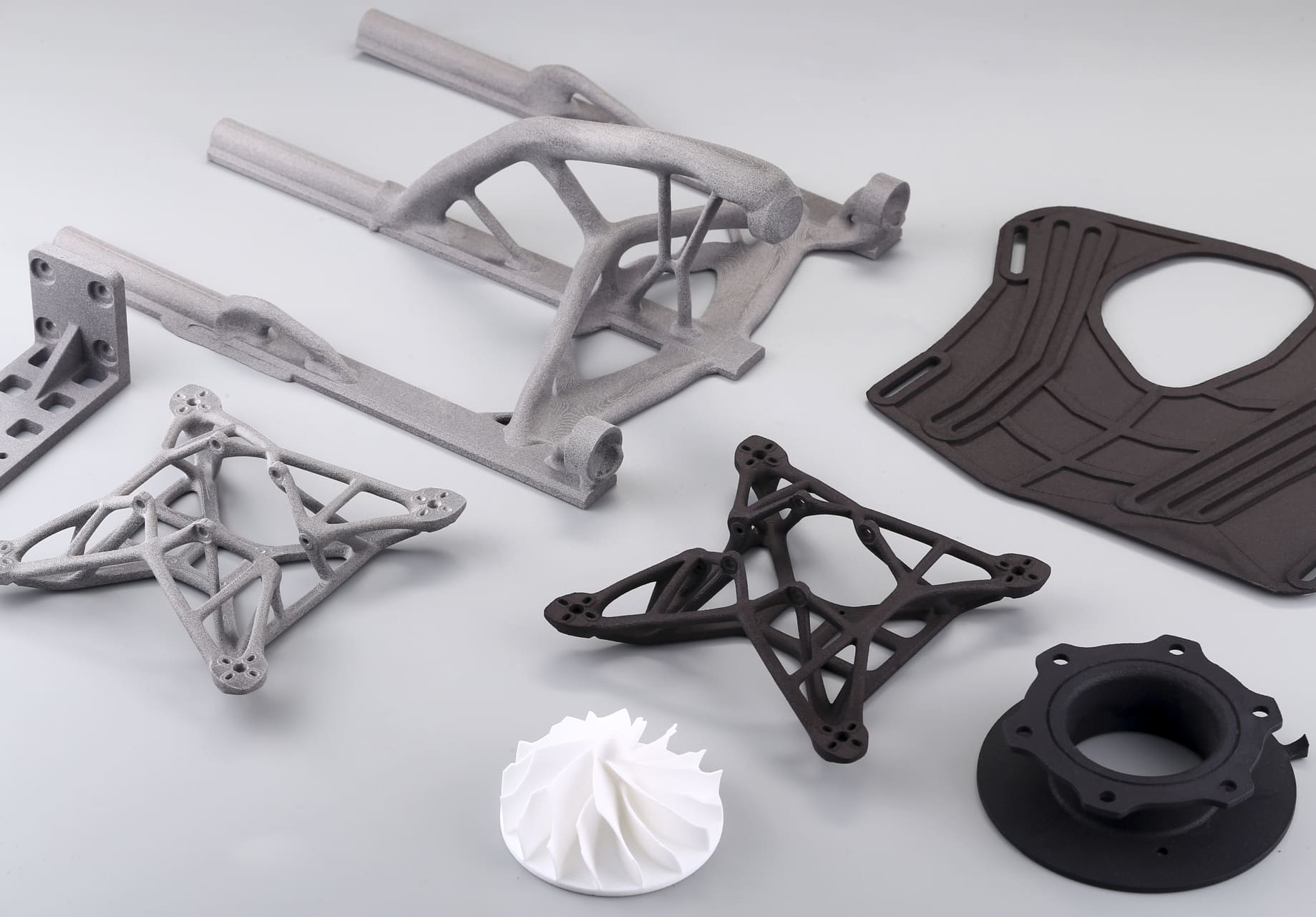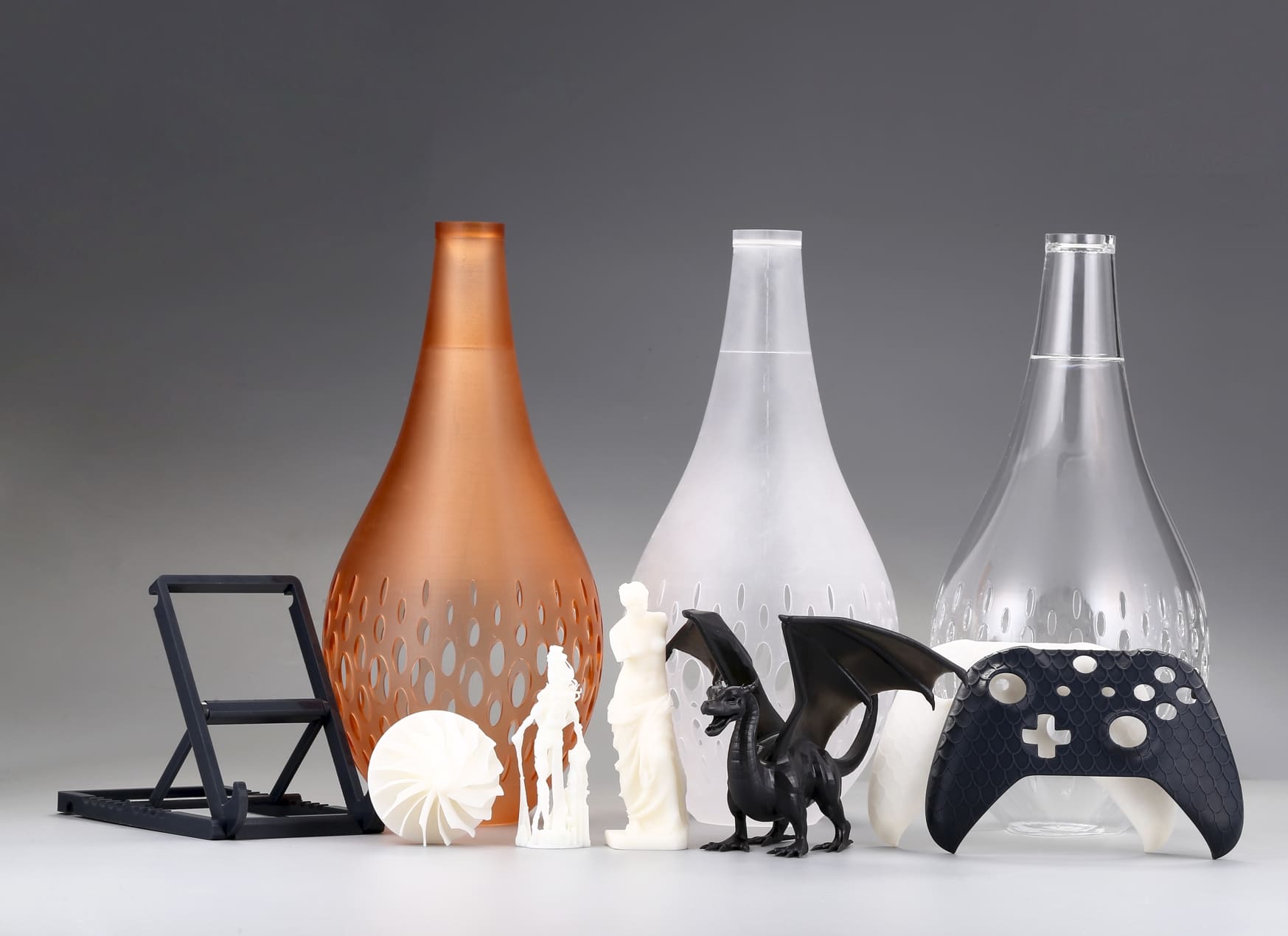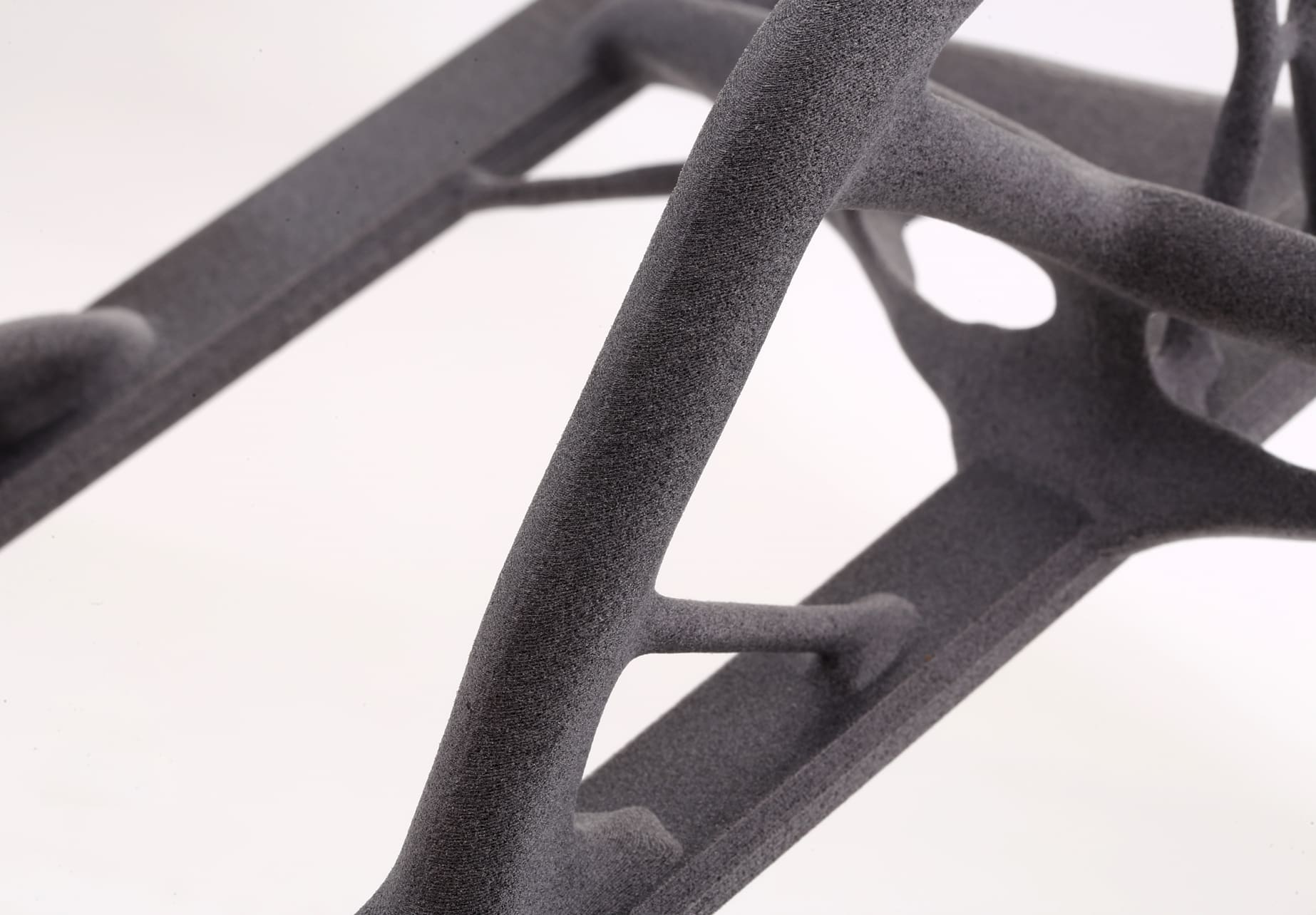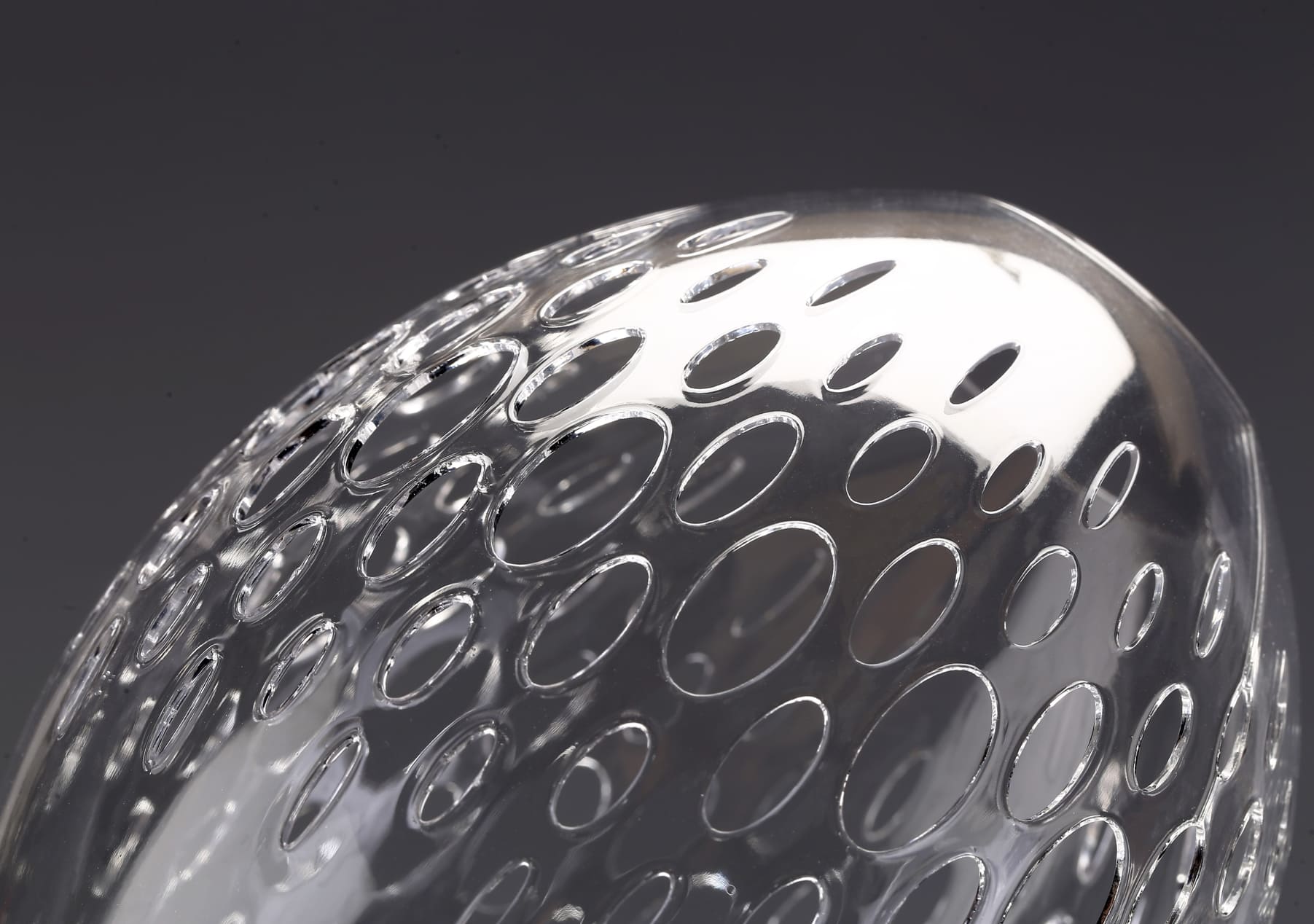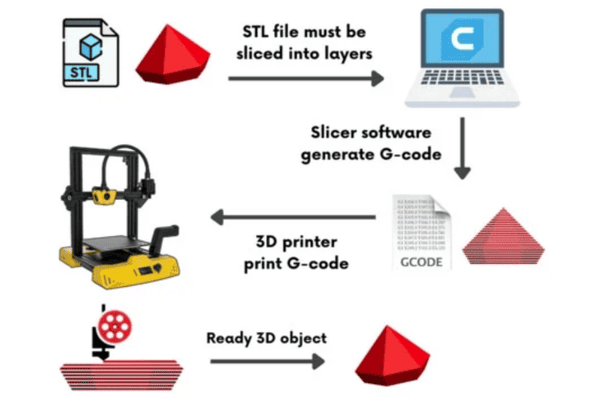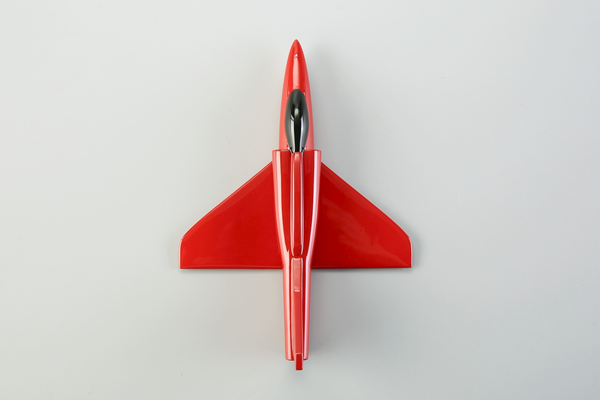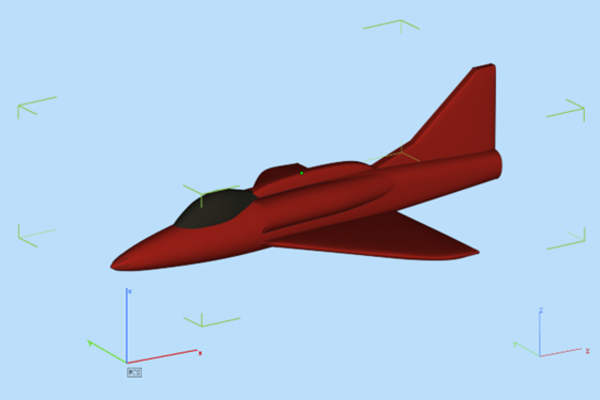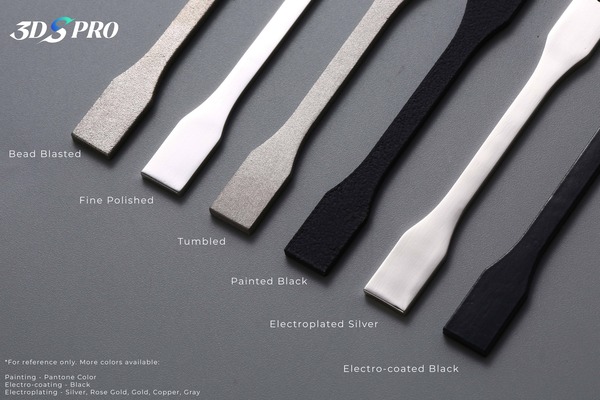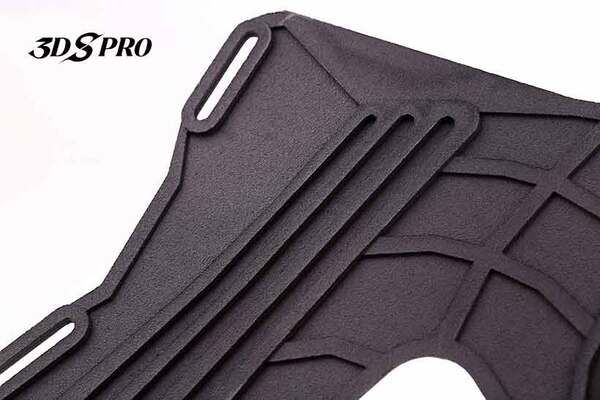Definition of 3D Printing Tolerances
3D printing tolerances are the allowed variations in a given dimension of a 3D printed object. These tolerances are critical to ensuring that the final product meets the required specifications and functions properly.
Tolerances in 3D printing account for variations in the printing process, material properties, and the precision of the 3D printer itself. They help define the permissible range within which the dimensions of a printed part can vary without affecting its performance or fit.
Accurate tolerances are critical to achieving high-quality prints, especially for parts that need to fit together or function as intended in mechanical assemblies.
SLS 3D Printed Chess Piece with Great Details
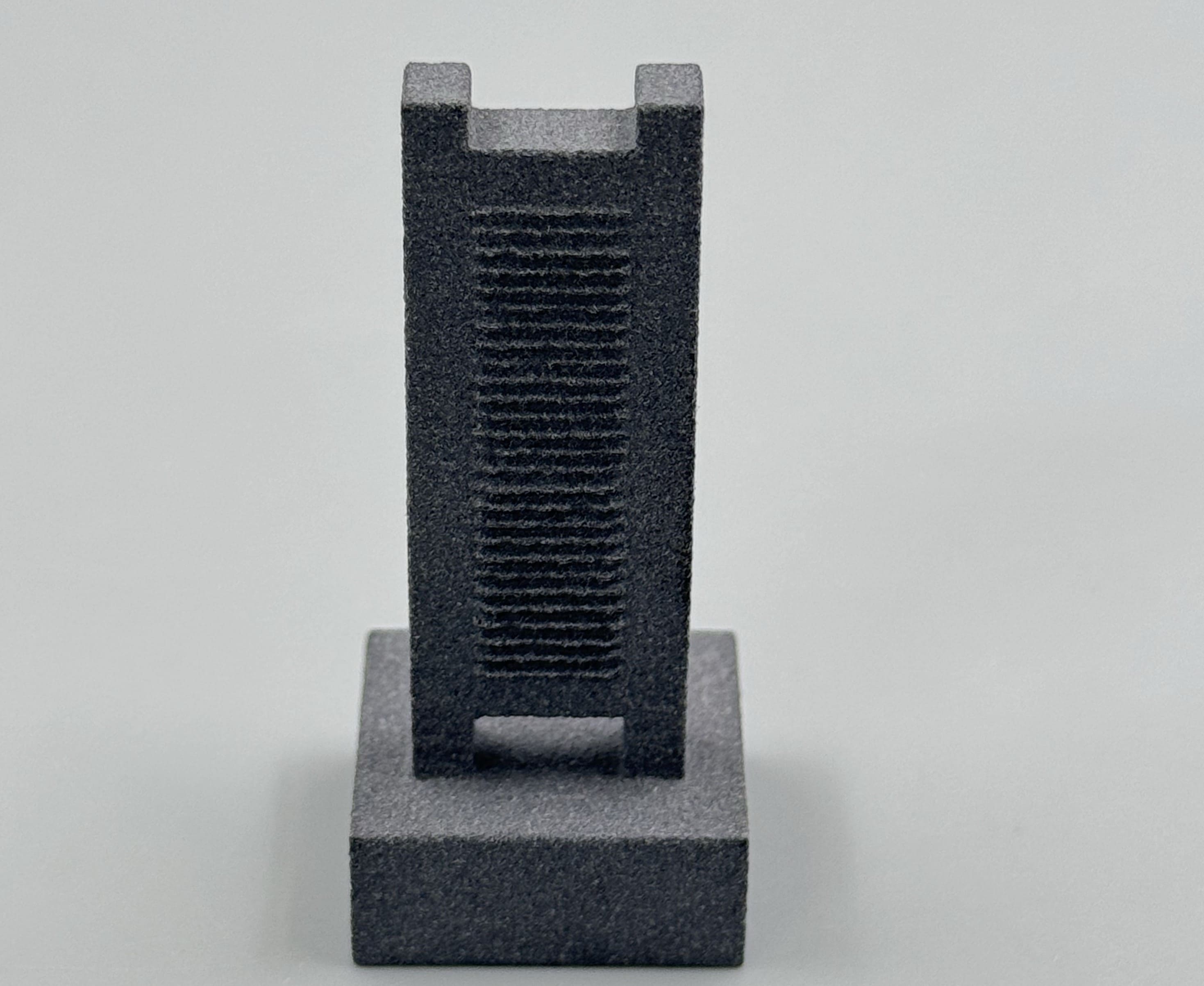
Factors Affecting 3D Printing Tolerances
Printer Calibration
Proper calibration includes ensuring the print bed is level, the extruder is calibrated to the correct flow rate, and all moving parts are aligned. Misalignments can lead to discrepancies in the dimensions of the final print.
Material Properties
Different materials have unique properties. For example, PLA tends to shrink less than ABS, which shrinks significantly when cooled. Knowing these properties can help predict how a material will perform during the printing process.
Print Resolution
The layer height determines the resolution of the print. For example, a 0.1mm layer height will produce a more detailed print than a 0.3mm layer height. Choosing the right resolution based on the accuracy required is critical.
Printing Speed
The speed at which a 3D printer operates can significantly affect tolerances. Higher speeds may result in inaccuracies as the printer struggles to deposit the material precisely. Slower speeds generally result in more accurate layer deposition and better adherence to specified dimensions.
Environmental Conditions
Consistent temperature and humidity levels are critical. Fluctuations can cause materials to expand or contract unpredictably. For example, ABS tends to warp in cold winds, so maintaining a stable environment is critical.
Model Design
Features such as overhangs and intricate details require support structures to print accurately. Ignoring these aspects may result in sagging or incomplete features. Designing with 3D printing in mind ensures that the part is manufacturable and meets the required tolerances.
SLS 3D Printed Chess Piece with Less Details (Used Different Material and 3D Printer)
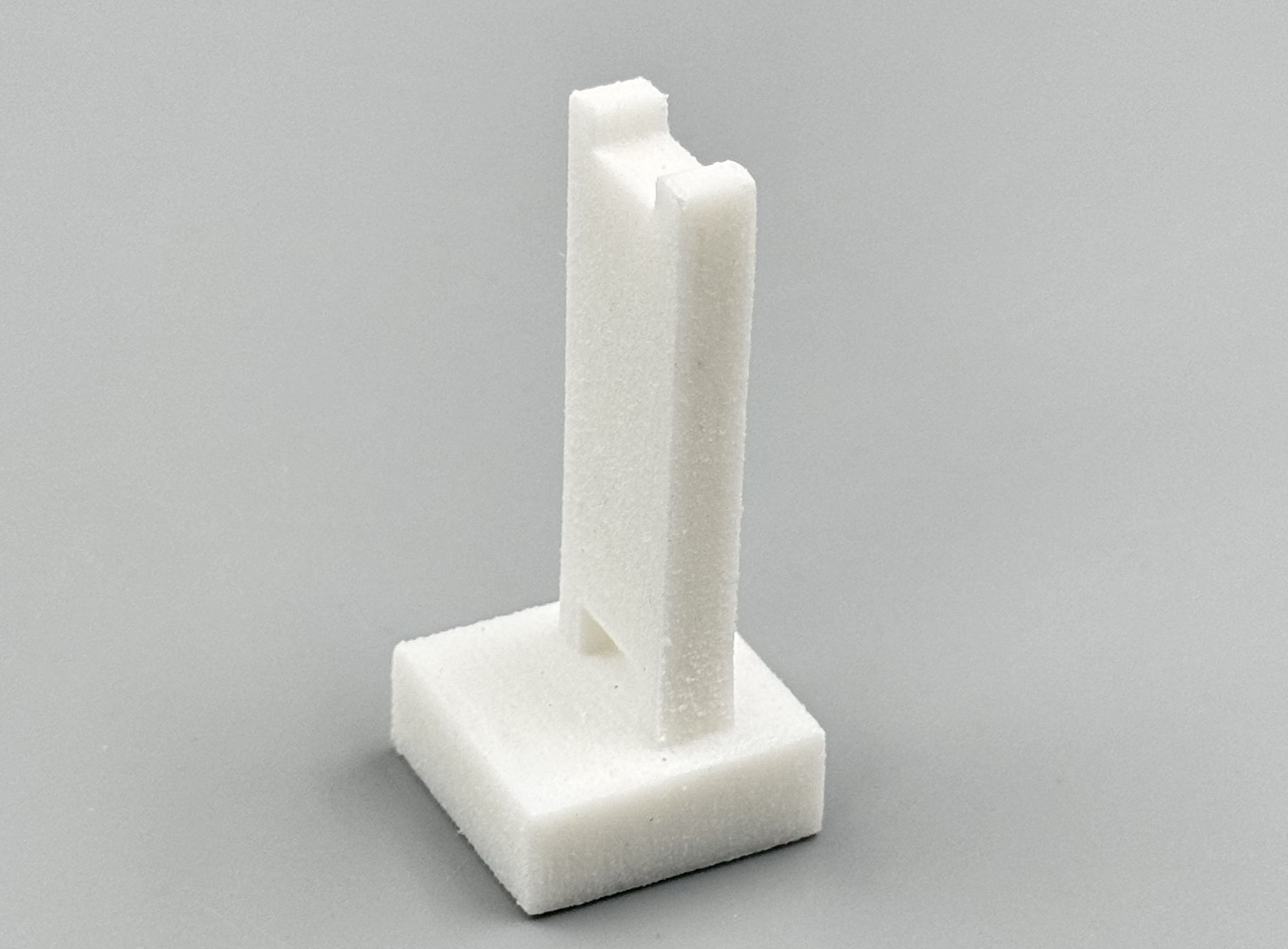
Tolerancing in 3D Printing
How to Get Desired Tolerances in 3D Printing
Getting the tolerances you need in 3D printing requires careful planning and consideration throughout the design and printing process. Start by understanding the capabilities and limitations of the 3D printer and the materials you intend to use. Use appropriate slicing settings, such as layer height and fill density, to balance accuracy and strength. Make test prints and measure the dimensions of the printed parts to fine-tune settings and achieve desired tolerances.
Which 3D printing technologies offer the tightest tolerances?
Stereolithography (SLA) and Digital Light Processing (DLP) printers are known for providing tight tolerances and high-resolution prints, making them ideal for detailed and complex designs. Selective Laser Sintering (SLS) and Multi Jet Fusion (MJF) also offer good dimensional accuracy, especially for complex geometries and functional parts. Fused Deposition Modeling (FDM) printers can achieve reasonable tolerances but may require more calibration and fine-tuning than SLA and SLS. Metal 3D printing technologies, such as Selective Laser Melting (SLM), offer excellent tolerances for metal parts.
